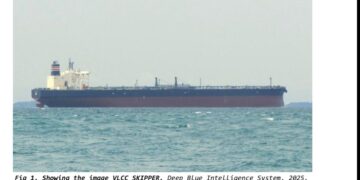The communities of the Austral Islands in the South Pacific
have presented a proposal
have presented a proposal
to the government of French Polynesia to create the
world’s largest marine reserve.
world’s largest marine reserve.
The islanders are proposing a
fully protected marine reserve that would cover one million square kilometres.
fully protected marine reserve that would cover one million square kilometres.
The reserve is supposed to help
maintain healthy fish stocks for locals to feed their families and support
local fishermen while maintaining ancient Polynesian customs.
The Austral Islands have one of
the healthiest marine ecosystems on the planet, in large part because of the
use of traditional conservation techniques.
the healthiest marine ecosystems on the planet, in large part because of the
use of traditional conservation techniques.
The reserve would be named Rāhui Nui Nō Tuha’a Pae, or
“the big rāhui of the Austral Islands,” referring to the traditional
Polynesian practice of rāhui, which restricts access to an area or resource to
conserve it.
“the big rāhui of the Austral Islands,” referring to the traditional
Polynesian practice of rāhui, which restricts access to an area or resource to
conserve it.
Currently, the practice of rāhui on Rapa, the largest
of the Austral Islands, provides protection only to coastal species. However,
the locals would like to increase this to offshore species as well.
of the Austral Islands, provides protection only to coastal species. However,
the locals would like to increase this to offshore species as well.
“In the 1980s, we witnessed overfishing along our
coastlines as modern fishing techniques and freezers arrived to our
island,” said Tuanainai Narii, the mayor of Rapa.
coastlines as modern fishing techniques and freezers arrived to our
island,” said Tuanainai Narii, the mayor of Rapa.
“We
brought our fish stocks back to healthy levels by reinstating a coastal rāhui.
Now we see what is happening in the larger Pacific and recognise that more must
be done to conserve pelagic fish stocks, which is why we are calling for this
marine reserve as a big rāhui on the open ocean.”
brought our fish stocks back to healthy levels by reinstating a coastal rāhui.
Now we see what is happening in the larger Pacific and recognise that more must
be done to conserve pelagic fish stocks, which is why we are calling for this
marine reserve as a big rāhui on the open ocean.”
The islanders identified four main objectives for the
proposed reserve: preserving habitats and marine resources for the long term;
managing use conflicts among stakeholders; enhancing the cultural heritage of
the Austral Islands and developing ecotourism; and raising awareness about the
importance of conserving marine resources.
proposed reserve: preserving habitats and marine resources for the long term;
managing use conflicts among stakeholders; enhancing the cultural heritage of
the Austral Islands and developing ecotourism; and raising awareness about the
importance of conserving marine resources.
In the marine reserve proposal, fishing would still be
permitted out to 20 nautical miles around each island, encompassing the area
used by local fishermen, who rarely fish beyond this zone.
permitted out to 20 nautical miles around each island, encompassing the area
used by local fishermen, who rarely fish beyond this zone.
Credit: Baird Maritime
































































